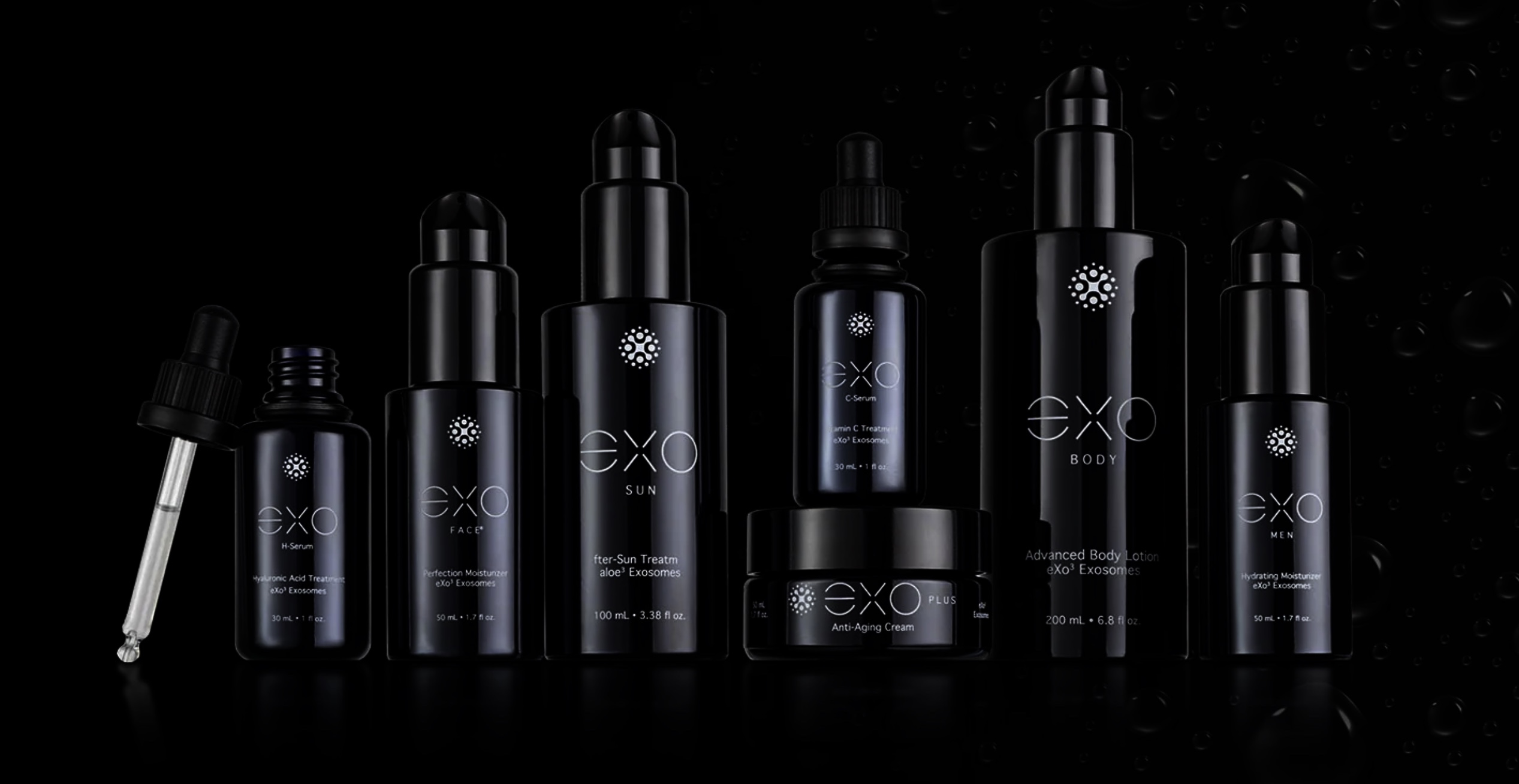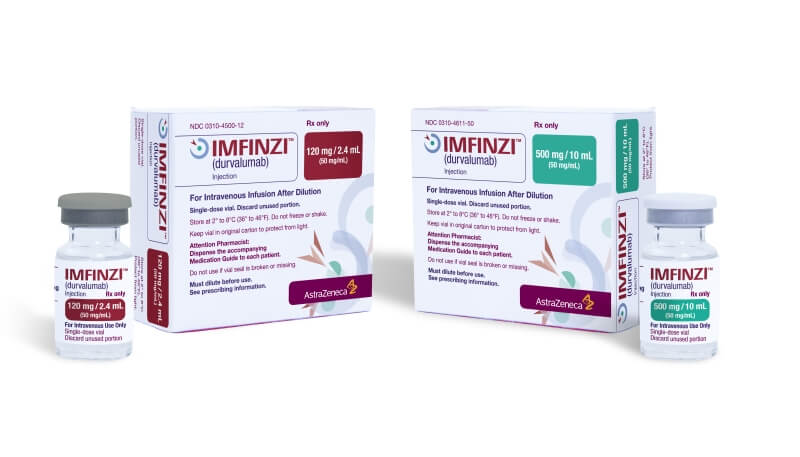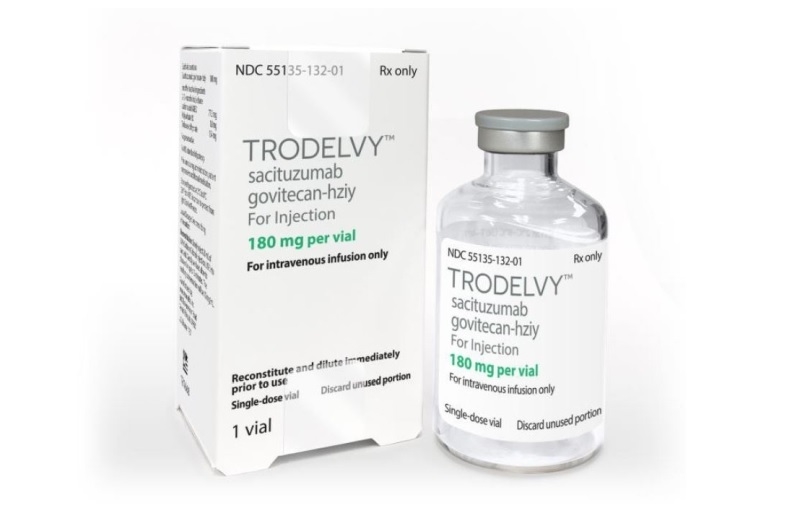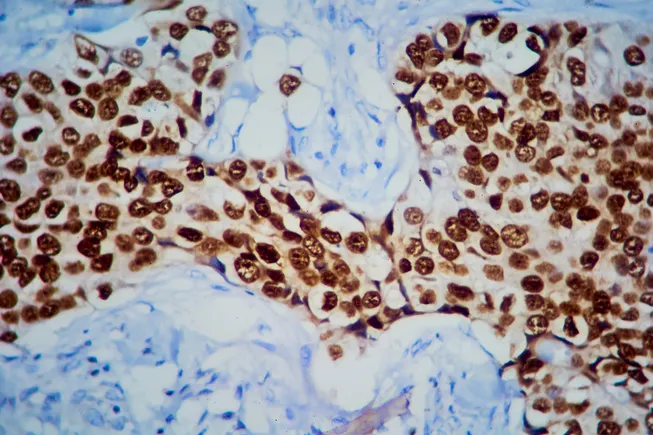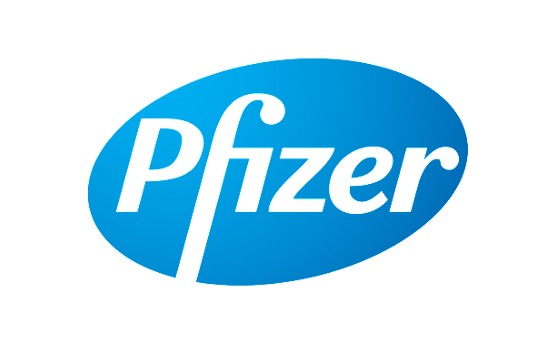Mesoporous Fe3O4 Nanoparticles Loaded with IR‐820 for Antibacterial Activity via Magnetic Hyperthermia Combined with Photodynamic Therapy
Advanced Healthcare Materials, EarlyView.

This study addresses bacterial biofilm resistance by developing mesoporous Fe3O4 nanoparticles loaded with photosensitizer IR-820, enabling combined antimicrobial photodynamic therapyand magnetic hyperthermia therapy. The system achieves magnetic targeting, heat-triggered drug release under alternating magnetic fields, and near-infrared-induced ROS generation. Synergistic effects effectively disrupt biofilms in vitro and in vivo, demonstrating significant antibacterial potential for treating infected wounds and abscesses.
Abstract
The formation of bacterial biofilms presents a major challenge in infection treatments. Antimicrobial photodynamic therapy (aPDT) typically employs photosensitizers to generate reactive oxygen species (ROS) under irradiation, causing oxidative damage to both bacteria and biofilms. While prior studies have explored the integration of PDT with various other approaches, magnetic hyperthermia therapy (MHT) has not adequately addressed. To bridge this gap, a drug delivery system is designed that incorporates mesoporous Fe3O4 nanoparticles loaded with the photosensitizer IR-820, thereby combining aPDT with MHT. This system possesses magnetic-targeting capabilities, generates thermal energy when exposed to alternating magnetic fields, and facilitates the release of encapsulated IR-820. Furthermore, upon exposure to near-infrared light, IR-820 produces ROS. The synergistic effects of elevated temperature, degradation of the biofilm matrix, and enhanced ROS production effectively disrupted bacterial biofilms. This approach demonstrated promising antibacterial efficacy in both in vitro and in vivo, including in rat models of full-thickness infectious wound and subcutaneous abscesses. These results underscore the substantial potential of the system for future antibacterial applications.














































